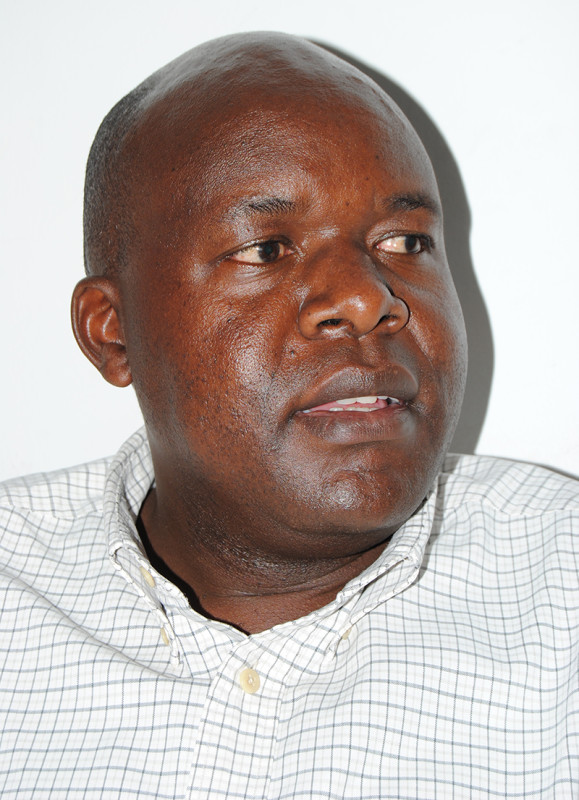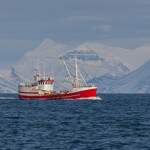Oman signs agreement to boost fishery data collection

Oman’s Ministry of Agriculture, Fisheries, and Water Resources has signed an agreement with Middle East Scientific Equipment Corporation (MESEC) to design and develop electronic tracking systems for fishing vessels.
The initiative is a focal point of the Sultanate's efforts to streamline data collection from the country’s artisanal and industrial fishing activities.
Oman Fisheries Minister Saud Hamoud Al Habsi signed the deal last week with MESEC Managing Director Umesh Chauhan, the Times of Oman reported. The undertaking could improve Oman’s fishing data-collection capacity to internationally competitive status, and ensure sustainability of its fisheries.
Oman has endeavored to upgrade and strengthen the data collection of its fishing vessels for the last 20 years. partly to comply with national and international obligations on sustainable development and conservation of the country’s marine fisheries – especially along its 3,165-kilometer coastline, which traverses the Arabian Sea, the Sea of Oman, and the Arabian Gulf.
Previously, the Sultanate introduced a vessel monitoring system (VMS), but the system ran into hurdles due to difficulties in accessing real-time data, as it would often be received nearly four hours late, according to the Indian Ocean Tuna Commission (IOTC).
“Due to the developments in the fisheries sector, the Ministry of Agriculture and Fisheries is planning to install a new tracking system that covers all the fishing fleet, including the small outboard motor-powered fishing skiffs (artisanal fleet),” an IOTC said.
Since then, Oman has been working with the U.N.'s Food and Agriculture Organization (FAO) to implement a new fishing vessel tracking system to improve data collection and ease the integration of government departments that support the country’s seafood industry.
Oman’s fishery data collection system “has been reviewed and improved since then, and it is considered that the ministry has an adequate system for the small-scale fishery, while further improvement of the data-collection system is still needed for coastal and artisanal (dhows) fleets," according to the IOTC.
In 2019, the IOTC estimated Oman’s artisanal fishing fleet was comprised of 24,177 units, with another 175 coastal vessels and three longliners.
Oman recently reported an increase in total fish production, producing 580,000 metric tons in 2019 – an increase of nearly 5 percent compared to the previous year. An estimated 96 percent of the total fish landings came from artisanal fisheries.
Photo courtesy of Middle East Scientific Equipment Corporation






Share